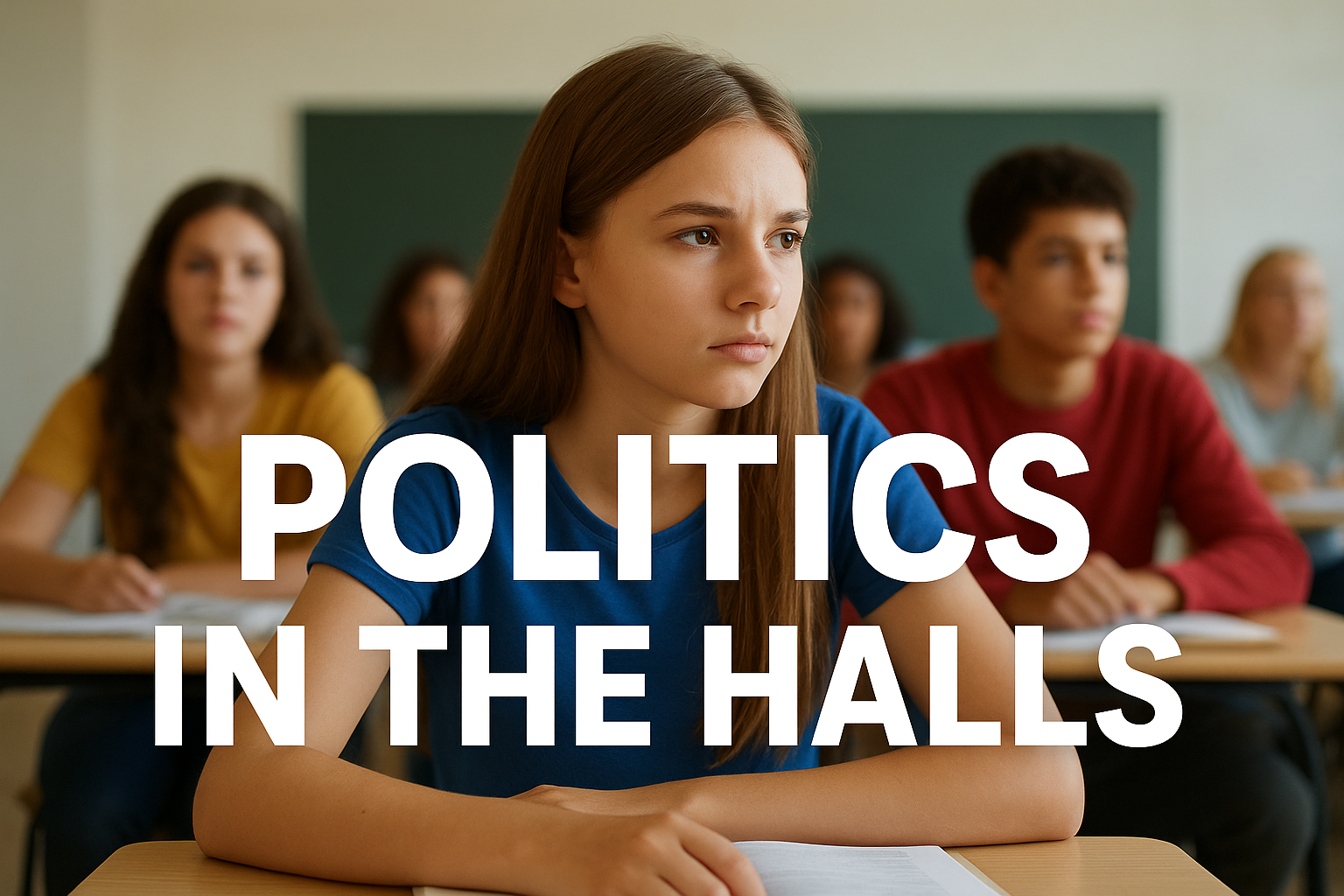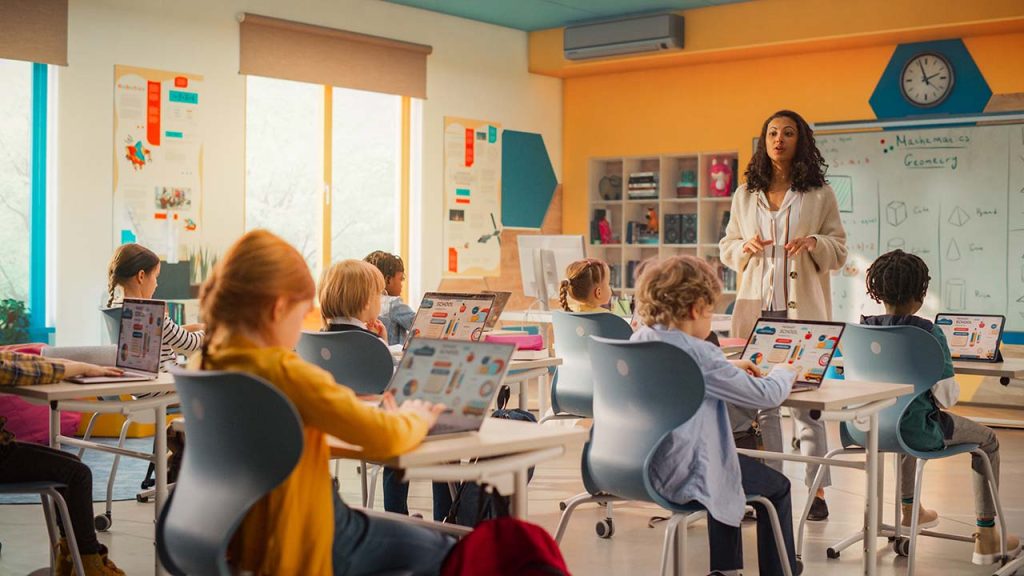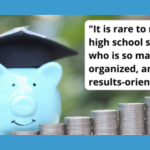
Principals, Here Are 4 Simple Tips to Communicate Better (Opinion)
Effective communication is vital for any organization, and schools are no exception. In fact, communication is arguably more critical in schools because it affects the well-being and academic success of students.
From communicating with parents to collaborating with colleagues, school leaders must master various communication strategies to achieve their goals and create a positive learning environment.
School leaders need to remember the goal of written communication is to inform the reader. Leaders should try to avoid jargon and acronyms that take a lot of mental energy and can confuse the reader.
About This Series
In this biweekly column, principals and other authorities on school leadership—including researchers, education professors, district administrators, and assistant principals—offer timely and timeless advice for their peers.
Remember, the reader doesn’t have all the information the leader has, and being clear and concise in the communication is vital.
1. Identify your target audience.
Before communicating, it is important to understand your intended audience. Are you communicating with staff, parents, students, management, or the community? Each stakeholder group will be interested in specific topics or need unique information.
This guidance could be used for any issue that a school leader must communicate to the community. For example, imagine the water has been shut off in your school building. A local water provider is working on the problem, but they needed to close off areas of the street to get to the leak that caused the water to be shut off. Each stakeholder group will need different information based on how this incident affects them.
Parents will need to know that their child is safe, temporary solutions for their child such as water bottles and alternative restrooms, and early or late dismissal information.
Your staff will need information about what happened and the estimated time of when the water will be turned back on, alternatives for staff and students, disruptions to the school schedule, and the point of contact for challenges that arise.
Students need to know that the water was shut off, as well as alternatives for restroom and drinking-water access.
Administrators will need to know what happened and the estimated time of when water will be restored (in case other schools are affected), the steps taken to limit disruption, the updated course of action, the resources you need, and a breakdown of the event they can communicate to the governing board.
The wider community will need information about road closures and an explanation of any increased presence of emergency responders at the school (to help dispel rumors).
2. Use the right platform.
Knowing your families’ and communities’ communication preferences is essential. For instance, your parents may prefer email or text messages, or they may prefer apps such as Class Dojo or Remind. Your community may prefer specific social media platforms such as Facebook (maybe a specific Facebook group), Twitter, or Instagram.
If you are unaware of your families’ preferences, provide families with a survey at Back to School Night to gain a better understanding. You can send home a similar communication survey to families at the end of the year and use that data to adjust your communication strategies. Veteran staff members or staff members that live in the community can also provide you with insight into which social media platforms the community prefers.
Bonus Tip: Follow other government agencies on social media platforms so you can share their updates with your followers on social media and reach new ones.
3. Adjust your frequency.
Communication to stakeholders includes the sharing of various topics, such as events, volunteer opportunities, new programs and supports, general news, safety updates, and expectations for students and parents.
It is vital to know your families’ preferences and the information they want to be informed of and how often. You can use analytics such as email open rates, click rates for buttons in a newsletter, and page analytics to ensure your families are reading what you’re sharing with them and feel connected to your school.
Get The Savvy Principal
Delivered Sunday morning, this newsletter has essential news, information, and career resources specifically for school leaders.
4. Improve your layout.
Most people do not read communications word by word. People tend to scan the information provided and rely on headlines to get the information they need.
Consider the following when writing digital messages:
- Use headers (large, bolded text) to break up themes covered in your communication.
- Use short sentences and short paragraphs to make scanning easier.
- Utilize lists and bullet points to provide important information quickly.
- Optimize for mobile devices. Most people access information on their phones. If they cannot easily read the information, they will not read the message at all.
Effective communication is a vital skill for all educators, and it can help achieve professional goals while improving their students’ lives. By implementing these communication strategies, school leaders can build strong relationships with their stakeholders, increase engagement, and foster a positive school culture. Remember, the power of communication lies in its ability to connect people and inspire change. Start using these strategies today and see the impact it can make in your school community!
Dig Deeper With Our Longreads
Newsletter Sign up to get our best longform features, investigations, and thought-provoking essays, in your inbox every Sunday.
The MEN was founded by John Huber in the fall of 2020. It was founded to provide a platform for expert opinion and commentary on current issues that directly or indirectly affect education. All opinions are valued and accepted providing they are expressed in a professional manner. The Maryland Education Network consists of Blogs, Videos, and other interaction among the K-12 community.







